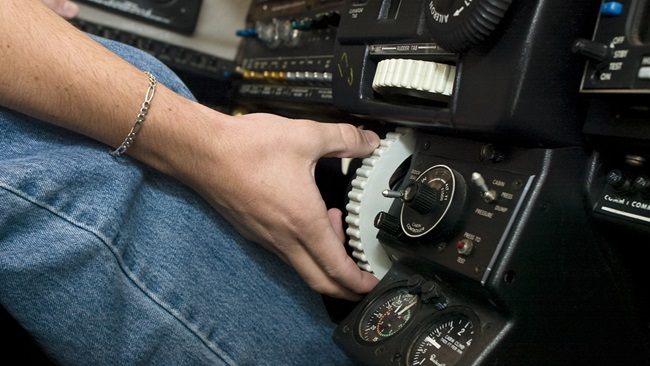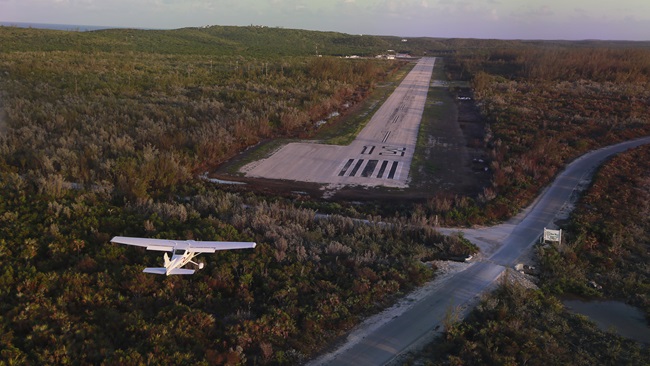Technology: Cracking the code
Do you need to update your flight plan info?

Yeah, me too. Most aircraft owners suffer through the process of figuring out their equipment codes, store them in their preferred flight planning app or program—and forget about them. Renters do the same, although it’s nice when the flight school provides equipment code information for pilots who often fly multiple aircraft.
But what if you upgrade your panel? Some of those equipment codes may change; you’ll need to go through this process again to update your flight planner. (Remember, too, that if you change your N number—maybe in conjunction with a new paint scheme—you’ll need to have your ADS-B hardware reprogrammed with your new aircraft registration.)
What if you upgrade your panel? Some of those equipment codes may change; you’ll need to go through this process again to update your flight planner.
The FAA has been transitioning for more than a decade to the use of its international flight plan form, FAA Form 7233-4—sometimes called the ICAO form because it’s based on an International Civil Aviation Organization document—for all domestic flights. Some IFR flights have required it since 2012. AOPA requested a delay in the FAA’s original domestic implementation date of October 2015, to allow more pilot education. Then the FAA postponed a June 2017 transition date. The international flight plan form finally was required for all domestic filings effective August 27, 2019.
For field 9, Type of Aircraft, enter only a two- to four-character aircraft type designator from FAA Order 7360, Aircraft Type Designators—the correct one may not be what you think.
Field 10, Equipment, is where you should focus after a panel upgrade. Many selections address specific performance-based navigation, oceanic separation, and data communications capabilities and are found online. A handful of codes for field 10a—which describe navigation, communications, and approach capabilities—cover most GA aircraft; go before the slash (/); and, if installed, are listed in the order shown:
- S Standard, meaning VHF com radio plus VOR and ILS receivers
- B LPV, so any WAAS GPS navigator with approach capability
- D DME
- G GNSS
- L ILS (if not filing S)
- O VOR (if not filing S)
- R PBN (include type of PBN in field 18, PBN/)
- W RVSM (only if authorized for RVSM operations)
- Y VHF com with 8.33-kHz frequency spacing
Field 10b, to the right of the slash, identifies ATC surveillance capability:
- N No surveillance equipment or it’s out of service
- C Mode A/C transponder (no ADS-B)
- S Mode S transponder, aircraft ID and altitude (no ADS-B)
- B1 1090 MHz ADS-B Out only
- B2 1090 MHz ADS-B Out and In
- U1 UAT 978 MHz ADS-B Out only
- U2 UAT 978 MHz ADS-B Out and In
(There is no code for dual-band ADS-B In capabilities, so enter B2 or U2 based on the frequency of your ADS-B Out.)
Additional ADS-B information must be entered in field 18, Other Information:
- CODE/XXXXXX (replace the Xs with your six-digit “Mode S Code, base 16/hex” from the FAA aircraft registry)
- If compliant with FAR 91.227 and AC 20-165, also include:
- SUR/260B (for 1090 MHz ADS-B) or
- SUR/282B (for UAT 978 MHz ADS-B)
Additional navigation specifications also should be entered in field 18. Pilots can check their aircraft flight manual or with the avionics manufacturer to determine which codes are appropriate.
ATC issues clearances based on aircraft capabilities listed in fields 10 and 18, and encourages filing all capabilities for which the aircraft and pilot are qualified and current. For example, incorrect ADS-B information could result in a potentially lengthy reroute around a radar outage—while other ADS-B-equipped aircraft fly directly through the airspace.
Additional information helpful in filing the flight plan form is found in the Aeronautical Information Manual, Paragraph 5-1-9. FAA ICAO flight planning resources are available online.
Email [email protected]



